Introduction to Crankshaft Position Sensors
The crankshaft position sensor (CKP) is a vital component in modern internal combustion engines. It plays a crucial role in monitoring the position and rotational speed of the crankshaft. This information is essential for the engine control unit (ECU) to calculate ignition timing, fuel injection timing, and overall engine performance. Given its significance, the cost of the crankshaft position sensor can vary widely based on several factors. Understanding these factors can help vehicle owners make informed decisions when it comes to repairs or replacements.
The crankshaft position sensor cost can fluctuate due to several reasons, including brand, material quality, labor costs for installation, and vehicle make and model. Additionally, market demand and regional differences can also influence pricing. This article will explore the various factors that affect crankshaft position sensor cost, providing insight for consumers looking to understand their options. By the end of this guide, you will have a comprehensive understanding of what influences CKP sensor pricing.
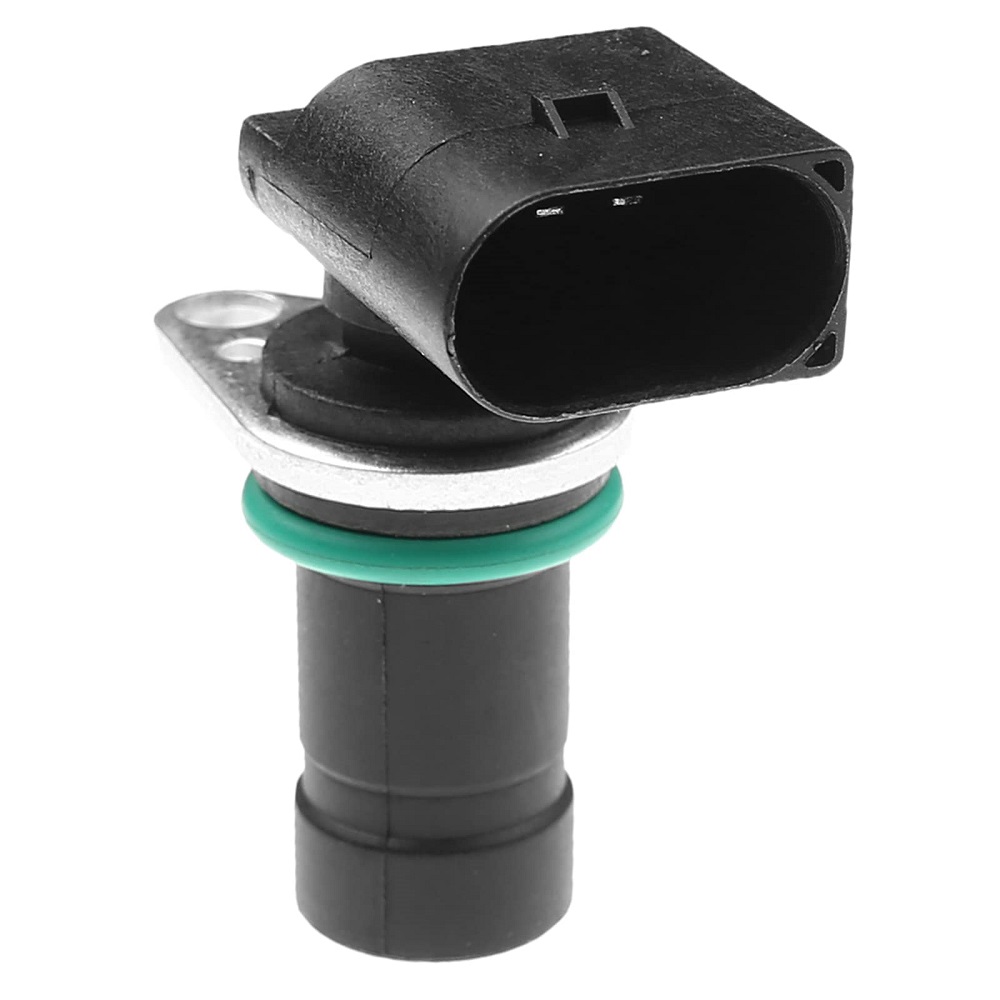
Understanding the Function of Crankshaft Position Sensors
Role in Engine Management
Crankshaft position sensors are integral to engine management systems. They help the engine control unit determine the precise position of the crankshaft relative to the engine cycle. This information is crucial for proper timing of fuel delivery and ignition. When the sensor detects the position of the crankshaft, it sends a signal to the ECU, allowing it to adjust the engine’s performance accordingly.
These sensors operate using various technologies, including magnetic induction and Hall effect principles. Depending on the type, they may generate a voltage signal as the crankshaft rotates, allowing for accurate measurements. The proper functioning of the crankshaft position sensor ensures that the engine runs smoothly and efficiently, maximizing performance and fuel economy.
Potential Issues with CKP Sensors
When a crankshaft position sensor malfunctions, it can lead to a range of issues in engine performance. Common symptoms of a faulty sensor include hard starting, engine misfiring, reduced fuel efficiency, and even stalling. In some cases, the “check engine” light may illuminate, indicating that a problem has been detected. If left unresolved, these issues can lead to more significant engine problems, potentially requiring more extensive repairs.
Diagnosing a faulty crankshaft position sensor typically involves using a code reader or scan tool to check for stored trouble codes in the ECU. If a fault is present, replacing the sensor is usually the most effective solution. Understanding the importance of the CKP sensor can help vehicle owners recognize the value of investing in a quality replacement.
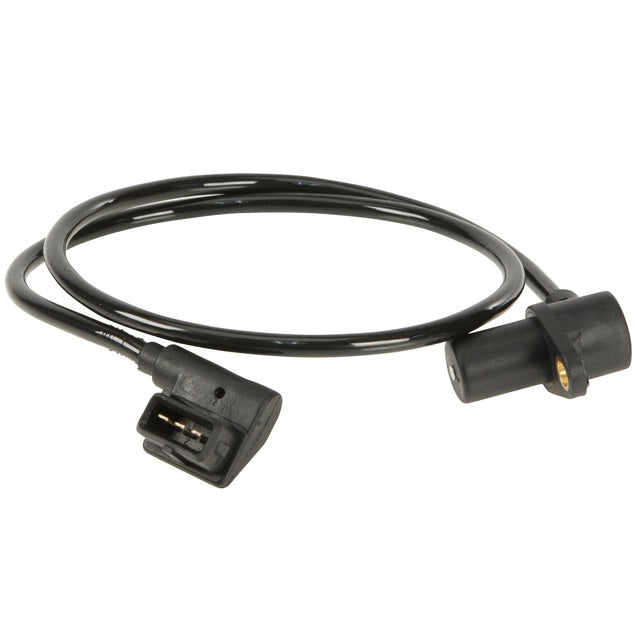
Factors Influencing Crankshaft Position Sensor Cost
Brand Reputation and Quality
One of the significant factors influencing the cost of a crankshaft position sensor is the brand. Reputable brands that have established a history of quality and reliability often charge more for their products. These brands invest in research and development to improve sensor accuracy and durability. Consequently, their products provide better performance and a longer lifespan.
On the other hand, generic or lesser-known brands may offer similar-looking sensors at a lower price. While this may be tempting, it’s essential to consider the potential risks associated with lower-quality components. Choosing a well-known brand with positive reviews can provide peace of mind and assurance that the product will be reliable in the long run.
Material and Manufacturing Processes
The materials used in the construction of crankshaft position sensors and the manufacturing processes involved can also affect pricing. High-quality materials, such as durable plastics and advanced metals, enhance the sensor’s performance and resistance to environmental factors like heat and corrosion. Sensors designed with better tolerances and precision manufacturing techniques can lead to more accurate readings.
Additionally, more sophisticated manufacturing processes, such as automated machining and advanced assembly methods, contribute to higher production costs. These costs may be passed on to consumers in the form of higher retail prices. Therefore, investing in a quality sensor often means prioritizing long-lasting performance over the initial cost.
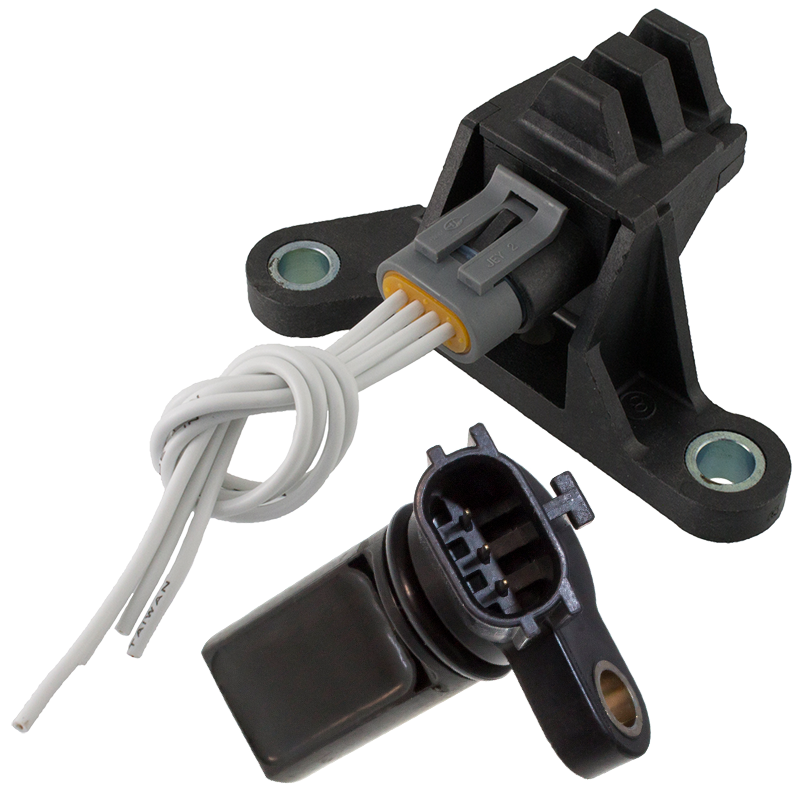
Labor Costs for Installation
Professional vs. DIY Installation
The cost of labor is another factor to consider when evaluating the total expense associated with crankshaft position sensor replacement. Professional installation usually involves service from a qualified mechanic. Labor rates vary dramatically based on geographic location and the shop’s reputation. In urban areas, costs may be higher due to the increased demand for skilled labor.
For those who are mechanically inclined, performing a DIY installation can significantly reduce costs. However, this option requires adequate knowledge of automotive systems and tools. If you choose to tackle the installation yourself, ensure that you have the necessary skills to avoid damaging the sensor or other components in the process. Consulting a repair manual or reliable online resources can provide guidance and help facilitate a successful installation.
Time Considerations
The amount of time needed for completing the installation also plays a role in labor costs. For a professional mechanic, the installation can be relatively quick, typically taking between one and two hours. However, if complications arise during installation, labor costs may increase accordingly. Factors such as difficulty accessing the sensor or additional diagnostics may prolong the process.
On the other hand, a DIY project may take more time than anticipated, particularly if the individual is unfamiliar with the process. Ensuring you allocate enough time to complete the job properly is crucial. Whether opting for professional installation or taking the DIY route, understanding time commitments can aid in budgeting and planning.
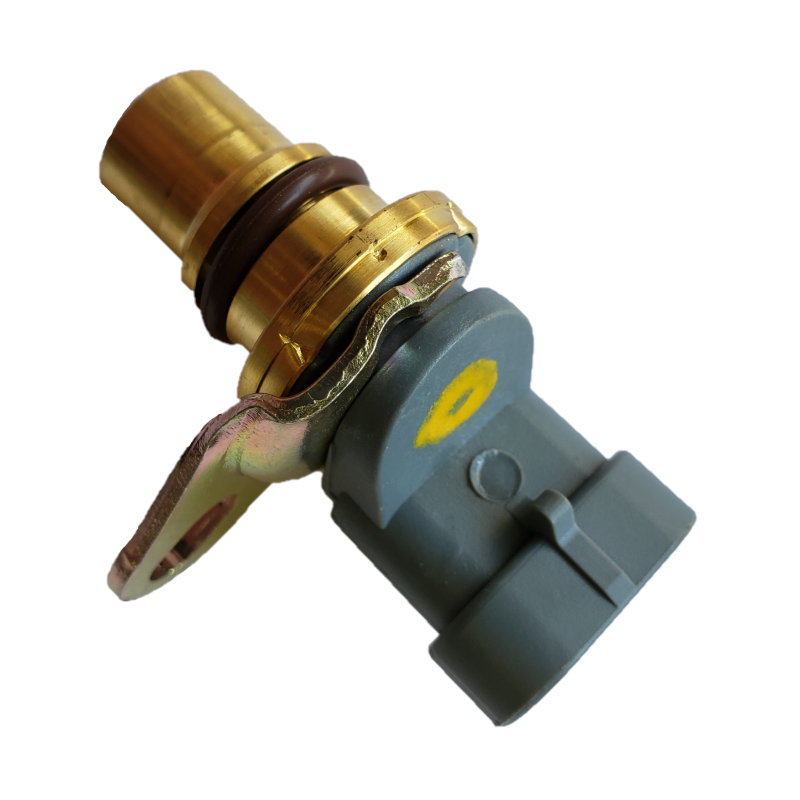
Vehicle Make and Model Considerations
OEM Parts vs. Aftermarket Options
The make and model of your vehicle can greatly influence the cost of the crankshaft position sensor. Original Equipment Manufacturer (OEM) parts are typically more expensive due to their guaranteed compatibility and quality. These parts are precision-engineered to the vehicle’s specifications, assuring optimal performance. Choosing OEM parts often provides peace of mind for those wanting to maintain the integrity and value of their vehicle.
Aftermarket options, while generally more affordable, can vary in quality and fitment. Some aftermarket sensors match OEM specifications, while others may be less reliable. It is essential to research the brand and product reviews before choosing an aftermarket part. Evaluating the pros and cons of OEM versus aftermarket options can help guide you to a cost-effective decision without sacrificing quality.
Compatibility Issues
Another consideration when it comes to vehicle-specific costs is the potential for compatibility issues. Different engines and models may require specific sensors, which can vary prices significantly. Vehicles with advanced engine management systems tend to have more expensive sensors due to the complexity of their design.
When purchasing a replacement sensor, always confirm compatibility with your vehicle’s make, model, and year. Using a sensor that is incompatible can lead to further engine issues and additional costs. Investing time in ensuring compatibility helps avoid unforeseen expenses down the road.
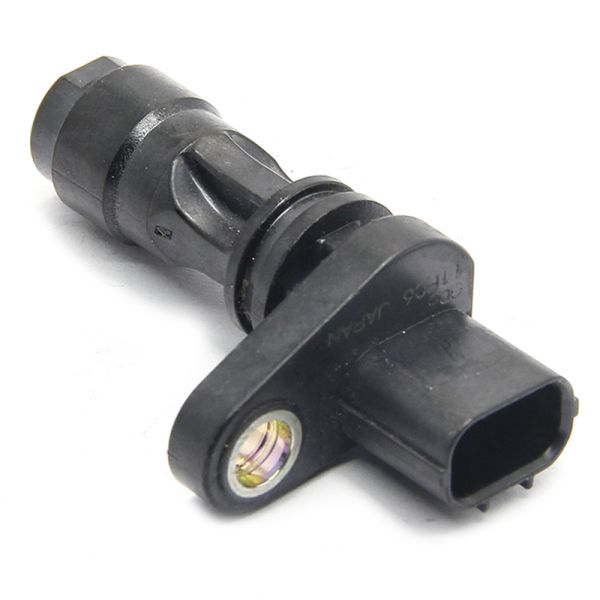
Market Demand and Regional Factors
Systematic Supply and Demand
Crankshaft position sensor prices can also be affected by market demand and supply. When a high volume of vehicles requires replacements, it can lead to increased demand that may drive prices up. Conversely, if there is a surplus of supply in the market, prices may decrease. This fluctuation can impact both OEM and aftermarket options.
Additionally, popular vehicle models may see more readily available parts, often resulting in competitive pricing. For instance, common vehicle brands might have numerous compatible options available, leading to lower costs. Understanding current market dynamics can help savvy consumers navigate their purchasing decisions.
Regional Variations
Regional pricing differences can also play a role in the overall cost of crankshaft position sensors. Certain areas may have higher average labor rates due to the cost of living, which can impact installation costs. Moreover, availability can fluctuate based on regional demand for specific vehicle models.
For example, if your vehicle is a make that is less commonly found in your area, it might be harder to source parts. This scarcity can lead to increased shipping costs or extended wait times for parts to arrive. Being aware of regional variations can help you better navigate your options and minimize costs.
Conclusion: Making Informed Decisions
Understanding Costs and Value
In conclusion, the cost of a crankshaft position sensor can vary due to multiple factors. Understanding the different influences—like brand reputation, material quality, labor costs, and vehicle specifications—helps consumers make informed decisions. Whether repairing an older vehicle or maintaining a newer model, evaluating costs thoughtfully is crucial for effective automotive care.
As you consider purchasing a crankshaft position sensor cost, weigh the importance of both upfront price and long-term value. Opting for a slightly higher-quality part may result in better performance and longevity, reducing future costs. Striking a balance between affordability and reliability is key to achieving the best value for your investment.
Embracing Knowledge and Empowerment
Having a better grasp of crankshaft position sensor cost can empower vehicle owners. Being informed enables more confident decision-making, whether you’re choosing parts or negotiating prices with a mechanic. As automotive technology continues to advance, staying updated on trends and product availability can also benefit users.
With the right knowledge, you can make thoughtful choices that enhance your vehicle’s performance while managing your budget effectively. Armed with this information, you are well-equipped to face the complexities of vehicle maintenance and repair. Understanding the elements that influence costs will lead you to make savvy choices that benefit both your vehicle and your pocketbook.
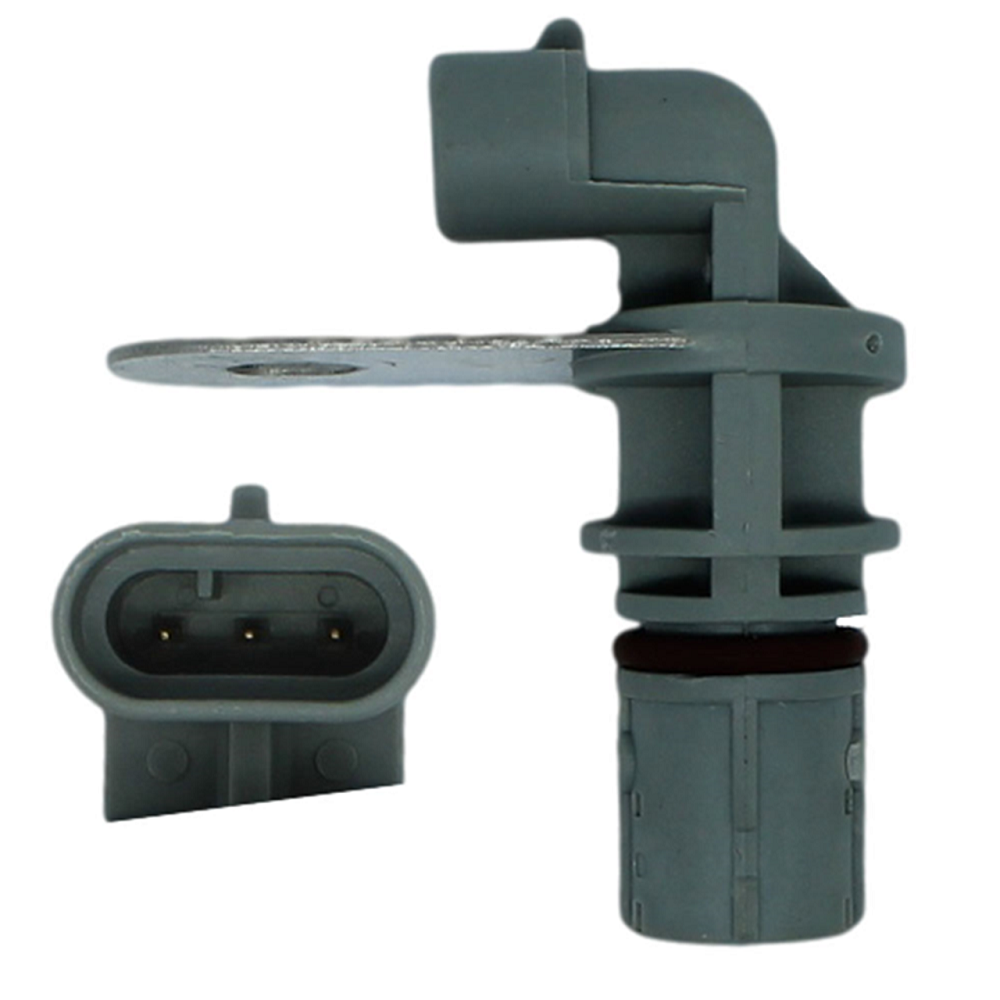
Leave a Reply